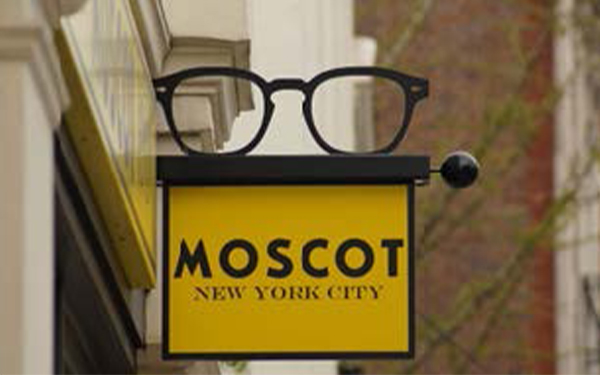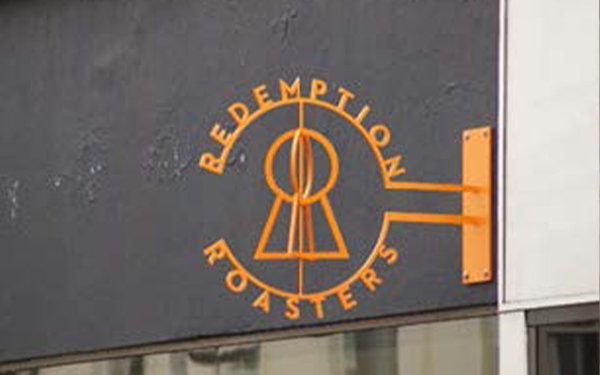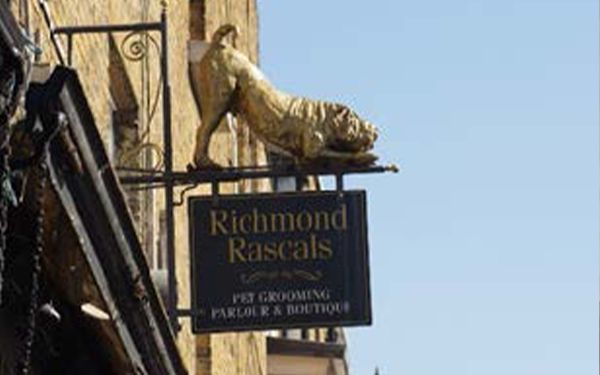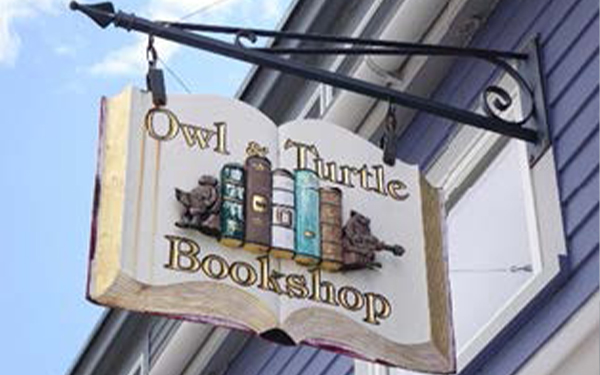4.5.1. Lettering
- The lettering on shopfront signs should be easily legible but within proportion of the fascia. Traditional shopfront lettering on the Isle of Wight tended to be tall with small margins around the edges, but narrow, leaving plentiful contrasting ‘background’ colour when used on shallow fascia boards.
- The letters’ colouring should stand out against the colour of the fascia board.
- Lettering should be applied directly to the fascia rather than applied to a board then fixed to the fascia.
- Traditional lettering on shop signage was hand painted on timber fascias and this is encouraged wherever possible and appropriate. Modern signage manufacturing allows for signage options in metal, vinyl, acrylic, timber and even foam. Signage materials should be robust and suitable for outdoor use as well as sensitive to the architectural heritage. Vinyl and foam lettering applications should be avoided for the sake of longevity as should acrylic signage to avoid a plastic appearance to new shopfronts.
- The use of shadows on the lettering was considered a cost-effective alternative to raised lettering in the nineteenth century. More recently, it helps convey a shop’s age where appropriate.
Historic archive photographs show the use of the largest possible letters when sign writing. Newport. Note the signwriting on the stall riser also.

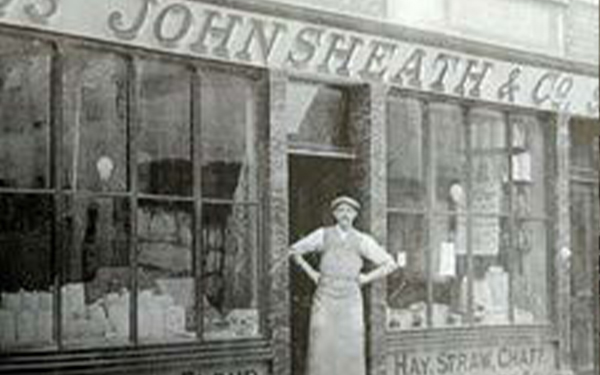
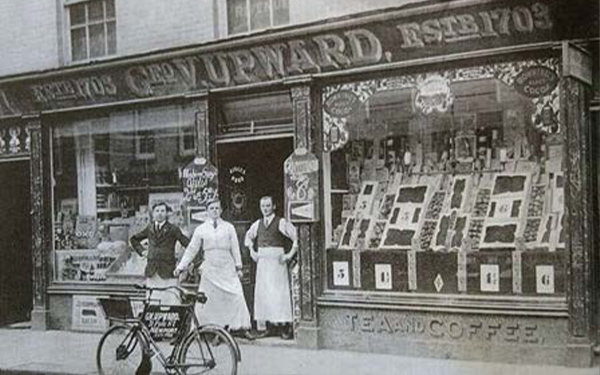
4.5.2. Hanging Signs
Hanging signs are not mandatory for shops. They can be used on narrow shopping streets where the view to the shop sign is limited, for example Watchbell Lane in Newport. Hanging signs are an opportunity to use unique, playful, and attractive designs both in the hanging bracket and the sign itself. Hanging signs not only advertise a shop but can also encourage pedestrians to looking up and enjoy the street.
- Hanging brackets’ design should be sympathetic to the building onto which it will be fixed. But the can and should be ‘fun.’
- Hanging signs should not protrude more than 750mm from wall to sign edge. There should be no less than 3m in height from the ground to the top edge of the sign. The dimensions of the sign should respect the size of the shopfront they represent and not exceed 750mm by 750mm. This is to ensure that the sign does not obscure the view of the street. Consideration must be given to the occupants of the first floor if hanging signs are proposed above shopfront level.
Examples of unique hanging signs which help add character, interest and a sense of playfulness.
